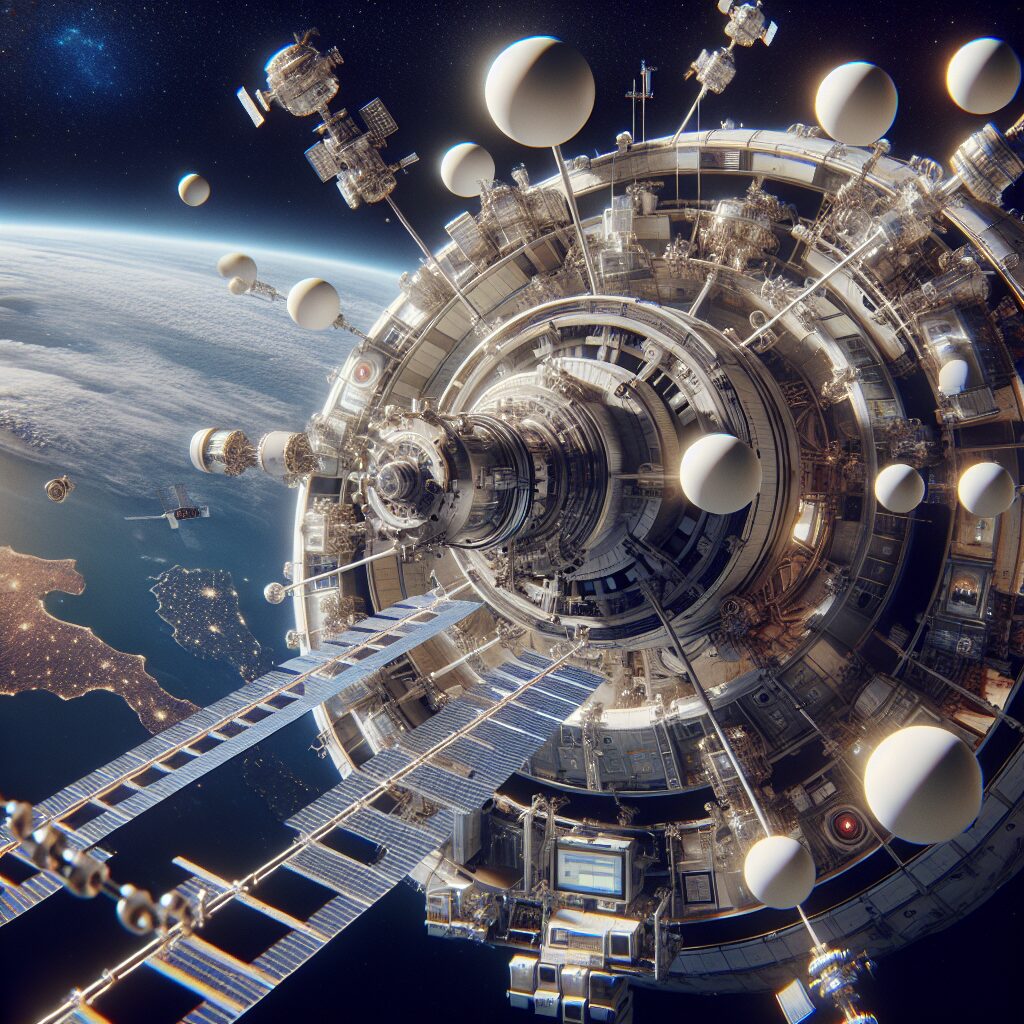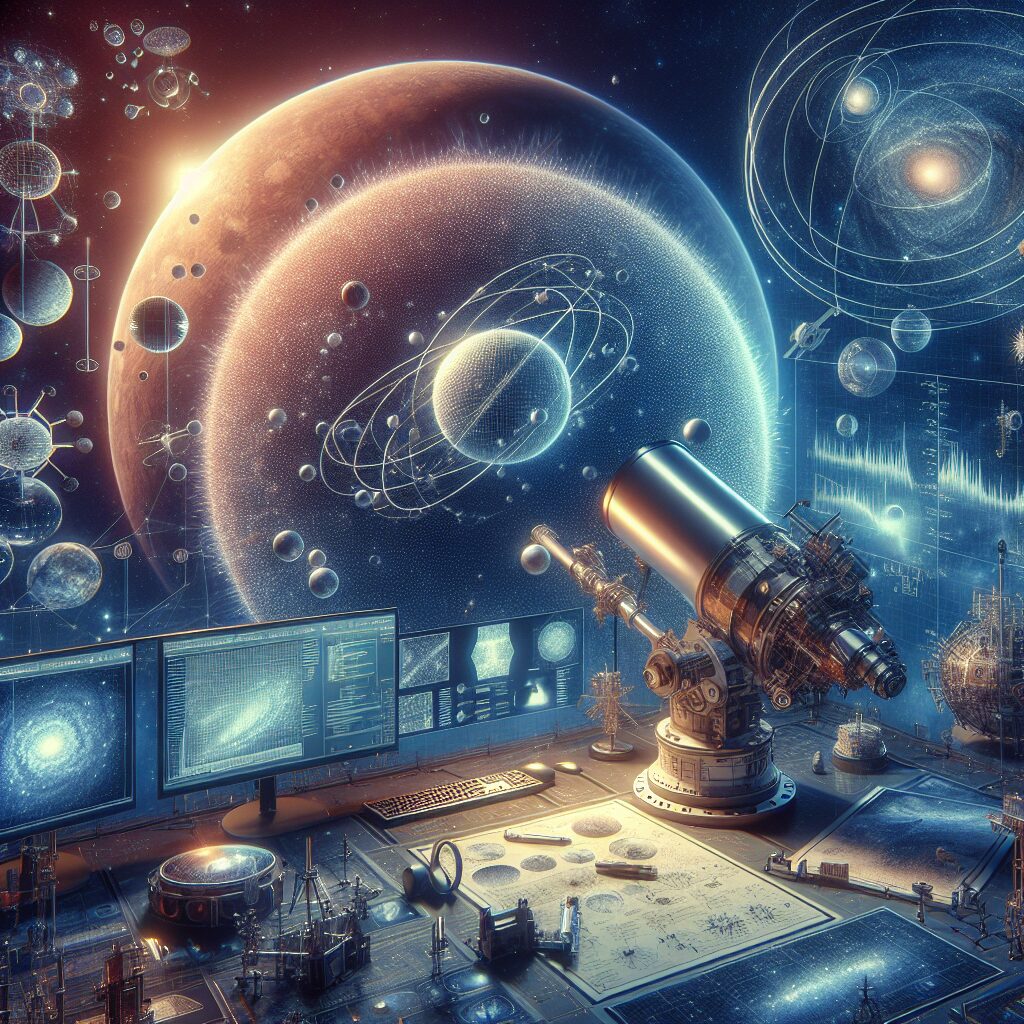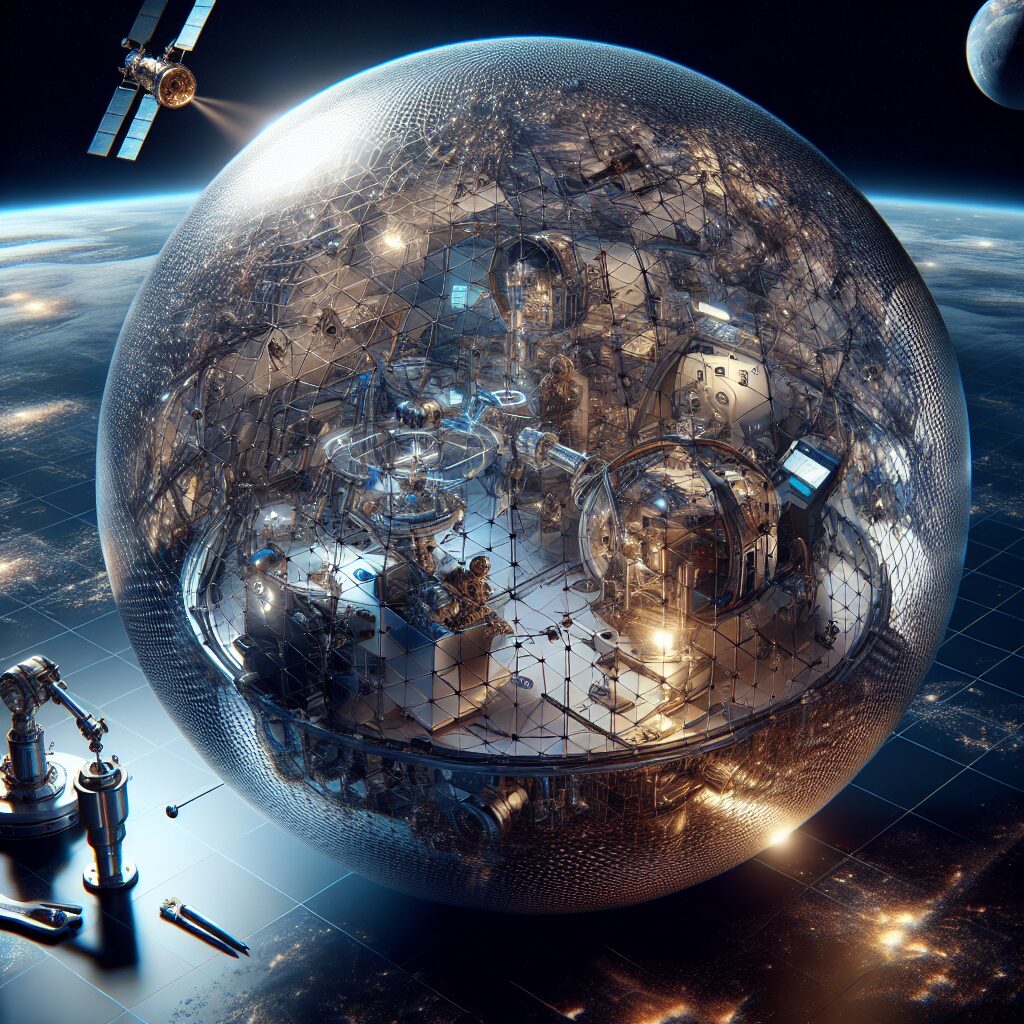Space Station Ball Experiments: Insights from Orbit
Space Station Ball Experiments: Insights from Orbit is a fascinating and groundbreaking topic that sheds light on the unique experiments conducted on the International Space Station (ISS). In the pursuit of knowledge and understanding, scientists and researchers from around the globe come together to carry out ingenious experiments with small balls in a microgravity environment. This creates a remarkable opportunity to delve into various scientific fields, including physics, chemistry, and biology.
This innovative approach of conducting experiments with balls in space offers a multitude of unique features and impacts. The absence of gravity allows scientists to observe phenomena that are impossible to replicate on Earth. For instance, these experiments provide insights into the behavior of granular materials, such as powders and particles, in a weightless environment. By studying the dynamics of these materials, scientists gain a better understanding of their properties and potential applications. Moreover, the microgravity on the ISS also enables researchers to investigate the self-assembly of small particles, offering valuable knowledge for improving manufacturing processes and nanotechnology.
Moving ahead, let us delve into some key takeaways from these space station ball experiments. By exploring the dynamic behavior of granular materials and understanding their properties in microgravity, scientists can develop novel techniques for processing and handling powders on Earth. Additionally, the study of self-assembly in a weightless environment helps pave the way for advancements in materials science, potentially leading to the development of new nanomaterials with unique properties. These experiments not only contribute to our understanding of the universe but also open up new possibilities for technological advancements here on Earth. So, let us delve into the awe-inspiring discoveries and insights gained through space station ball experiments.
Key Takeaways
1. Microgravity environments on the International Space Station (ISS) have facilitated groundbreaking ball experiments that offer unique insights into fluid dynamics, combustion, and material science.
2. Studying how fluids behave in space has led to improved understanding of complex phenomena such as capillary flow, droplet formation, and the emergence of instabilities, which have practical applications in fields like medical technology and additive manufacturing.
3. The study of combustion in microgravity has led to the discovery of new flame behavior, revealing the importance of buoyancy and oxygen availability in flame propagation. This knowledge can help develop more efficient and cleaner combustion processes on Earth.
4. Ball experiments investigating material science in space have provided valuable data on processes such as solidification, crystal growth, and self-assembly. By removing the effects of gravity, researchers can study fundamental material properties and design new materials with enhanced properties.
5. The results from these space station ball experiments not only advance scientific knowledge but also have practical implications for industries on Earth, including the development of new materials, manufacturing techniques, and combustion processes, ultimately improving technologies and everyday life.
What Can We Learn from Space Station Ball Experiments in Orbit?
The Significance of Space Station Ball Experiments
Space stations serve as valuable laboratories for numerous scientific experiments. One area of study involves conducting experiments with balls in space, which provide crucial insights into various scientific principles and phenomena.
Gravity-Free Environment
Conducting experiments on balls in the gravity-free environment of the space station allows scientists to observe the behavior and properties of these objects without the interference of Earth’s gravitational pull. This unique setting enables researchers to study the fundamental physics principles governing the movement, collisions, and interactions of the balls.
Exploring Momentum and Energy
By conducting ball experiments in space, scientists gain a deeper understanding of momentum and energy transfer. They can observe how kinetic energy is converted during collisions and examine the resulting motion patterns. Such experiments shed light on the conservation of momentum and energy, helping refine our knowledge of these essential concepts.
Microgravity Research Opportunities
The microgravity conditions provided by the space station offer unparalleled research opportunities. Ball experiments in microgravity allow scientists to investigate phenomena that are challenging or impossible to replicate on Earth. These studies contribute to advancements in various fields, including physics, materials science, and engineering.
Applications in Technology Development
Insights gained from space station ball experiments have practical applications in technology development. Understanding how objects behave in microgravity environments helps improve the design and functionality of equipment and systems used in space exploration, satellite deployment, and innovative technologies.
Investigating Fluid Dynamics
The behavior of fluids in microgravity remains a fascinating area of study. Ball experiments involving fluids on the space station provide invaluable insights into fluid dynamics under unique conditions. These experiments aid in understanding and modeling fluid movement and behavior, impacting areas such as environmental engineering, chemical processing, and aerospace design.
Studying the Effects of Surface Interactions
Space station ball experiments also allow scientists to explore the effects of surface interactions on various materials. When conducted in microgravity, these experiments reveal novel behaviors and properties. Research on material surfaces and their interactions provides valuable information for developing advanced coatings, lubricants, and materials with enhanced characteristics.
Investigating Coherence and Wave Phenomena
Another important aspect of ball experiments in space involves investigating coherence and wave phenomena. By analyzing the behavior of balls in microgravity, scientists gain insight into particle systems’ wave-like properties and coherence effects. Such research contributes to our understanding of wave phenomena and has implications in fields like optics, acoustics, and electronic engineering.
Conclusion
The unique opportunities presented by conducting ball experiments on the space station offer valuable insights into various scientific phenomena. Understanding the behavior, interactions, and properties of balls in microgravity environments contributes to advancements in fundamental physics, technology development, materials science, fluid dynamics, surface interactions, and coherence research.
Guides and Tips for Conducting Space Station Ball Experiments:
- Ensure appropriate safety measures are in place during experimentation.
- Consider the specific research objectives when selecting ball types and sizes.
- Design experiments that maximize the use of microgravity conditions to gather unique data.
- Include multiple cameras and sensors for comprehensive data collection.
- Collaborate with experts from various fields to gain diverse perspectives and insights.
- Regularly analyze and evaluate the experimental data to draw meaningful conclusions.
- Document and publish findings to contribute to scientific knowledge and advancements.
Frequently Asked Questions
1. What are Space Station Ball Experiments?
Space Station Ball Experiments are scientific investigations performed on the International Space Station (ISS) that involve the use of balls or ball-like objects to study various phenomena in the microgravity environment of space.
2. What is the purpose of conducting Ball Experiments in space?
The main purpose of conducting Ball Experiments in space is to observe and understand how different physical and chemical processes behave in microgravity conditions. These experiments provide valuable insights into the fundamental principles of physics and help develop new technologies for space exploration and various industries on Earth.
3. How are the Ball Experiments conducted on the Space Station?
Ball Experiments on the Space Station are typically conducted by astronauts or automated systems. The balls or ball-like objects are released or manipulated inside specifically designed modules or equipment, and the observations and data collection are performed using cameras or sensors.
4. What types of phenomena are studied through these experiments?
Space Station Ball Experiments investigate a wide range of phenomena, such as fluid dynamics, heat transfer, formation of crystals, combustion processes, and behavior of granular materials. These experiments provide valuable insights into how these processes are affected by microgravity, leading to a better understanding of similar processes on Earth.
5. How do Ball Experiments in space differ from those conducted on Earth?
Ball Experiments in space differ from those conducted on Earth due to the absence of gravity or the presence of microgravity. This unique environment allows scientists to observe the behavior of various systems and materials without the influence of gravity, providing a clearer understanding of their underlying mechanisms.
6. What are the benefits of studying Ball Experiments in space?
Studying Ball Experiments in space offers several benefits. It helps scientists develop improved models and theories, advances scientific understanding, and provides insights for engineering and technology development. Additionally, the results of these experiments contribute to medical research, industrial processes, materials science, and future space missions.
7. How do Ball Experiments conducted in space contribute to our daily lives?
Ball Experiments conducted in space have direct implications for our daily lives. The knowledge gained from these experiments can lead to advancements in various fields, including medicine, agriculture, energy, and transportation. For example, understanding how fluids behave in microgravity can help improve fuel efficiency and develop more effective drug delivery systems.
8. Can anyone propose a Ball Experiment for the Space Station?
Yes, anyone can propose a Ball Experiment for the Space Station. NASA and other space agencies usually have open calls for proposals, and researchers, scientists, and even students can submit their ideas. The proposals go through a rigorous evaluation process to ensure scientific merit, feasibility, and alignment with the objectives of the space station program.
9. Are there any risks associated with conducting Ball Experiments in space?
While conducting Ball Experiments in space, there are inherent risks involved, just like any other scientific endeavor. These risks can range from technical failures to potential damage to the space station or equipment. However, stringent safety protocols and extensive testing are in place to mitigate these risks and ensure the successful execution of experiments.
10. How can the general public stay updated on the results of Space Station Ball Experiments?
The general public can stay updated on the results of Space Station Ball Experiments through various channels. NASA and other space agencies regularly publish scientific papers, articles, and press releases highlighting the findings. Additionally, space-related news outlets and social media platforms provide updates on space experiments and their results.
Final Thoughts
Space Station Ball Experiments offer a remarkable platform for advancing our understanding of the physical world. By studying various phenomena in microgravity, we gain valuable insights into fundamental scientific principles. These experiments not only benefit space exploration but also have tangible applications in improving our daily lives.
As we continue to explore the possibilities of conducting experiments in space, the knowledge gained from Space Station Ball Experiments will pave the way for future discoveries and technological advancements. With each experiment, we unravel a new layer of understanding about the universe and our place within it.




